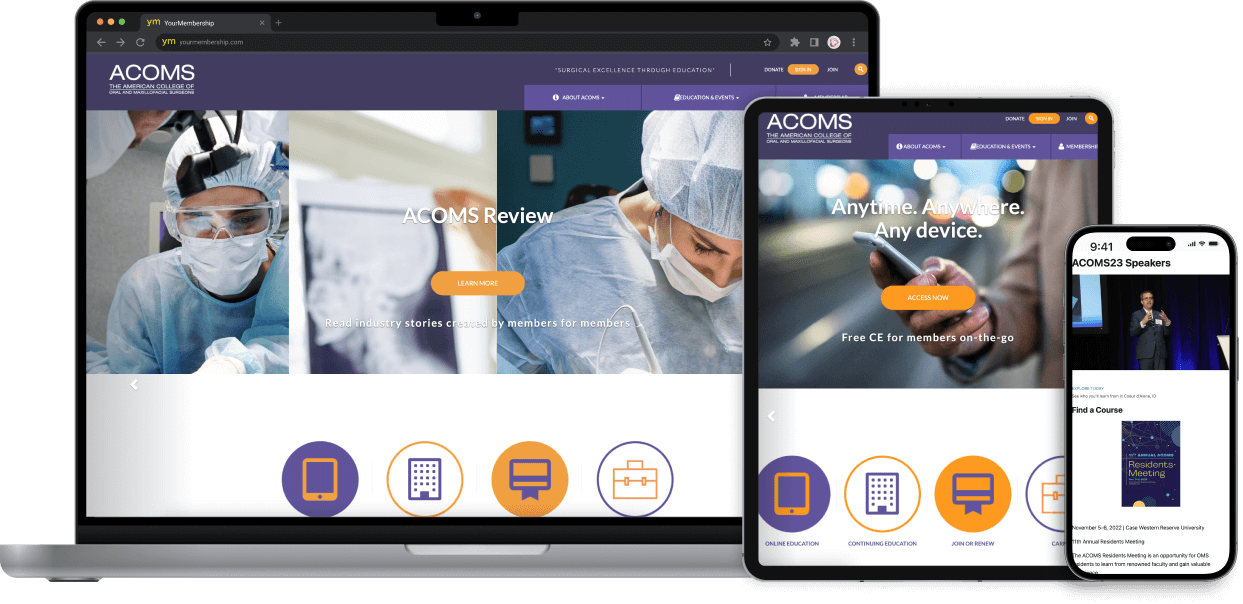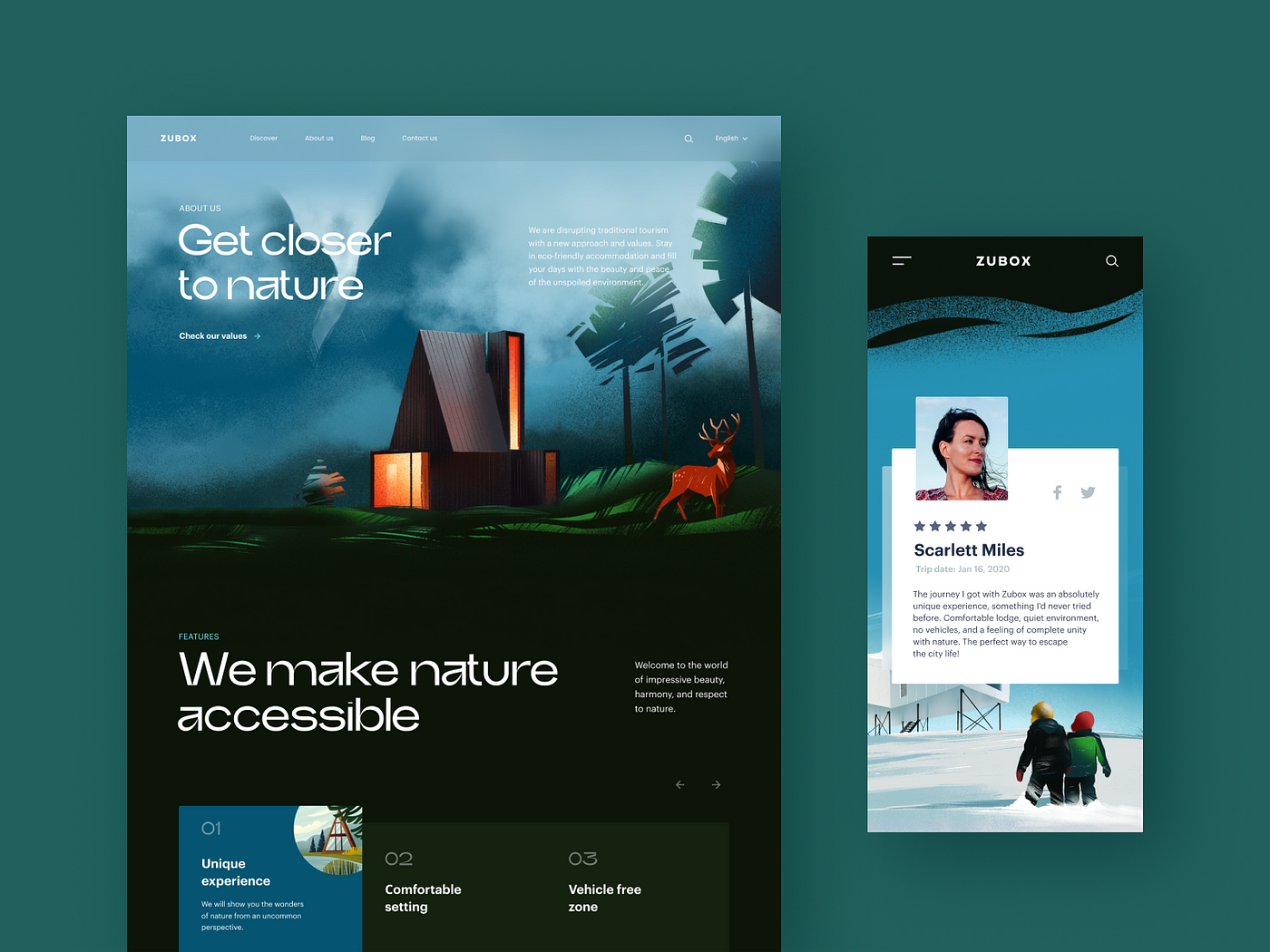Exploring the Effect of Customer Experience on Successful Web Design
Exploring the Effect of Customer Experience on Successful Web Design
Blog Article
Discovering the Impact of Receptive Web Design on Accessibility and User Complete Satisfaction Throughout Different Devices
The introduction of receptive internet style (RWD) has changed the digital landscape, especially in enhancing availability and customer complete satisfaction across a multitude of devices. By employing versatile designs and adaptive interfaces, RWD not just caters to varied individual requirements yet likewise resolves the crucial importance of inclusivity in web experiences.

Meaning of Responsive Internet Design
Responsive Website Design (RWD) changes the user experience across different devices by making sure that internet material adapts fluidly to various display sizes and orientations. This layout strategy uses versatile grids, designs, and photos, in addition to CSS media queries, to produce a smooth surfing experience. By using these strategies, RWD permits web sites to immediately restructure and resize material, making it obtainable on devices ranging from desktop to mobile phones.
The core principle of RWD is to offer an optimum viewing experience, which consists of simple analysis and navigating without the demand for too much resizing or scrolling. This versatility is essential in an electronic landscape where individuals access info via various devices with varying screen resolutions. RWD not only boosts usability yet additionally boosts tons times, as it commonly uses a single codebase to offer several tools, minimizing the requirement for separate mobile sites.
Inevitably, Responsive Web Design aims to develop a engaging and natural individual experience, making sure that content is functionally reliable and visually enticing, no matter the tool being used. This versatility is critical in meeting the varied demands these days's internet customers, fostering interaction and complete satisfaction throughout systems.
Value of Access
How can we guarantee that all individuals, no matter of their capacities, can engage with web content successfully? Availability in website design is of vital importance, as it promotes inclusivity and ensures equal accessibility to information for people with impairments. This includes visual, auditory, and cognitive disabilities, requiring designers to think about varied individual requirements.
Implementing accessibility attributes, such as alternate message for photos, key-board navigation, and suitable shade contrast, enables users to connect with content effortlessly. Additionally, adhering to developed guidelines, such as the Web Content Availability Guidelines (WCAG), supplies a framework for producing available internet experiences. web design.
By prioritizing ease of access, organizations not just abide by legal needs yet likewise enhance their brand reputation, demonstrating a dedication to social obligation. Furthermore, accessible internet sites usually result in improved use for all individuals, as functions designed for inclusivity can profit a wider audience.
Eventually, the significance of access goes beyond simple conformity; it has to do with developing a digital setting where every customer can navigate, understand, and engage with content efficiently, thereby enhancing the total internet experience for everyone.
Customer Complete Satisfaction Across Devices
Numerous individuals anticipate a seamless experience when accessing internet content throughout various gadgets, from desktop computers to smartphones. This expectation is rooted in the raising diversity of gadgets and display sizes available today. Responsive web layout (RWD) plays a critical role in satisfying these expectations by guaranteeing that sites adapt fluidly to various screen environments.
User fulfillment is considerably influenced by the availability and functionality of a site - web design. When users can quickly navigate, check out, and interact with material despite the device they are using, their overall complete satisfaction rises. A well-implemented receptive layout reduces the demand for zooming or straight scrolling, which can lead and annoy individuals to higher bounce rates
As users involve with material that is customized to their gadget, they are a lot more likely to invest time on the site, return for future sees, and suggest it to others. Inevitably, responsive web layout fosters a positive relationship in between individuals and internet material throughout devices.
Effect On Mobile Users
The impact of RWD on mobile users extends past looks; it considerably affects usability. A properly designed receptive website lowers the need for extreme scrolling and zooming, facilitating a more intuitive interaction. Additionally, it cultivates inclusivity by suiting users with varying capacities, guaranteeing that those who depend on mobile phones can access information with simplicity.
In addition, mobile users profit from faster filling times, as RWD enhances sources based on tool abilities. This performance is essential, as mobile users usually seek quick information and might abandon sites that stop working to pack quickly. Inevitably, the combination of responsive web style is essential for fulfilling the diverse needs of mobile users, boosting their general experience and encouraging continued engagement with the content.
Finest Practices for Execution
Applying receptive website design (RWD) properly requires adherence to several finest practices that make certain ideal performance throughout gadgets. Making use of a fluid grid layout is essential; this enables elements to resize proportionally based on the screen measurements, giving a seamless experience. Additionally, using flexible pictures makes sure that view it visuals scale appropriately without shedding top quality or causing design issues.

Guaranteeing that all interactive elements are touch-friendly and optimizing page load times considerably add to individual complete satisfaction and availability. By adhering to these ideal techniques, organizations can produce a obtainable and durable internet visibility that satisfies the varied requirements of individuals throughout different devices.
Conclusion
In conclusion, receptive web layout plays a crucial function in enhancing accessibility and individual satisfaction throughout diverse devices. Eventually, the assimilation of ideal methods in responsive design promotes inclusivity, reduces bounce click for more prices, and promotes higher user engagement.
The introduction of responsive web design (RWD) has transformed the electronic landscape, specifically in boosting access and individual complete satisfaction throughout a plethora of devices.Responsive Internet Style (RWD) changes the user experience across numerous gadgets by making sure that web content adapts fluidly to different screen dimensions and orientations. Ultimately, receptive web style cultivates a favorable partnership between users and internet content across tools.
Over 54% of worldwide internet traffic currently originates from mobile gadgets, highlighting the vital importance of maximizing web experiences for this individual base. Receptive web style (RWD) plays a critical her latest blog function in boosting availability and individual contentment for mobile individuals.
Report this page